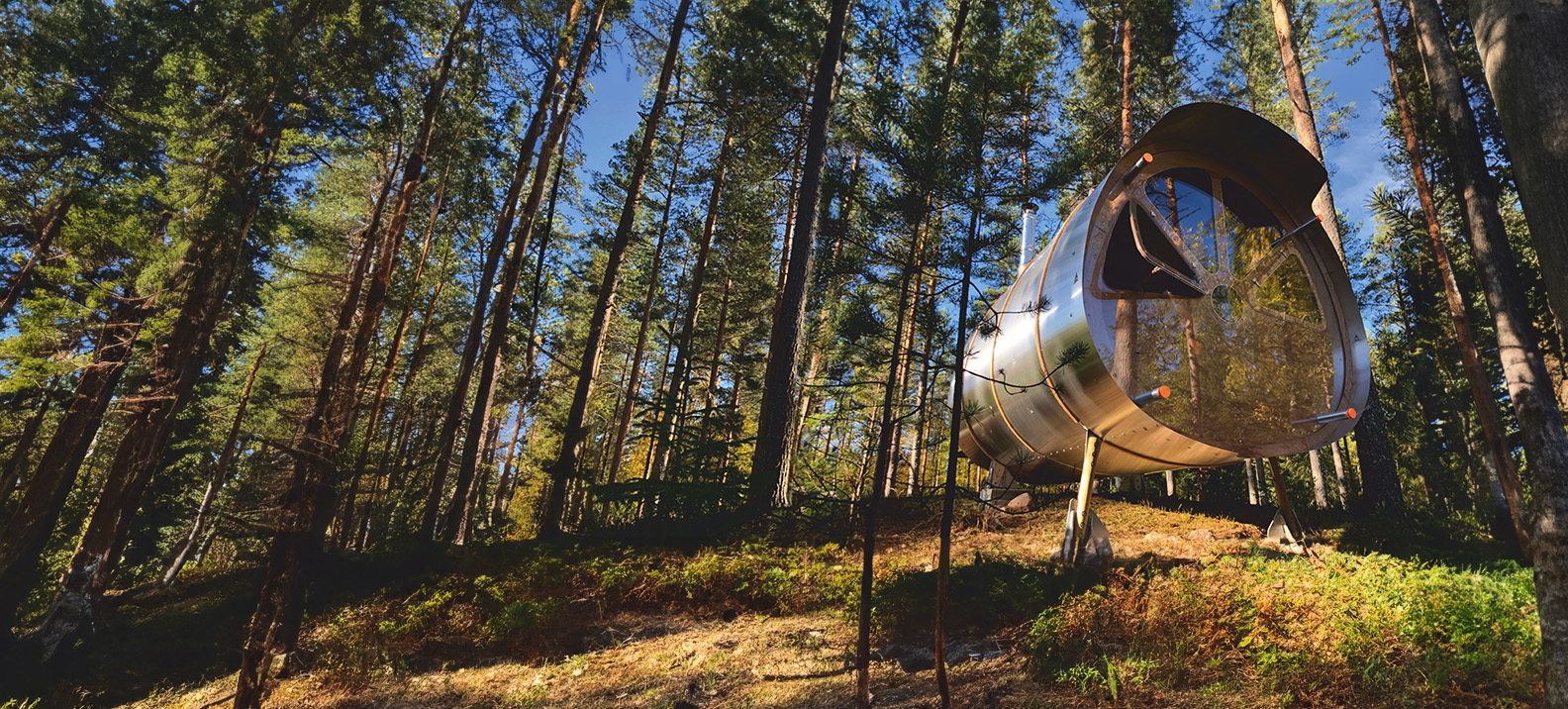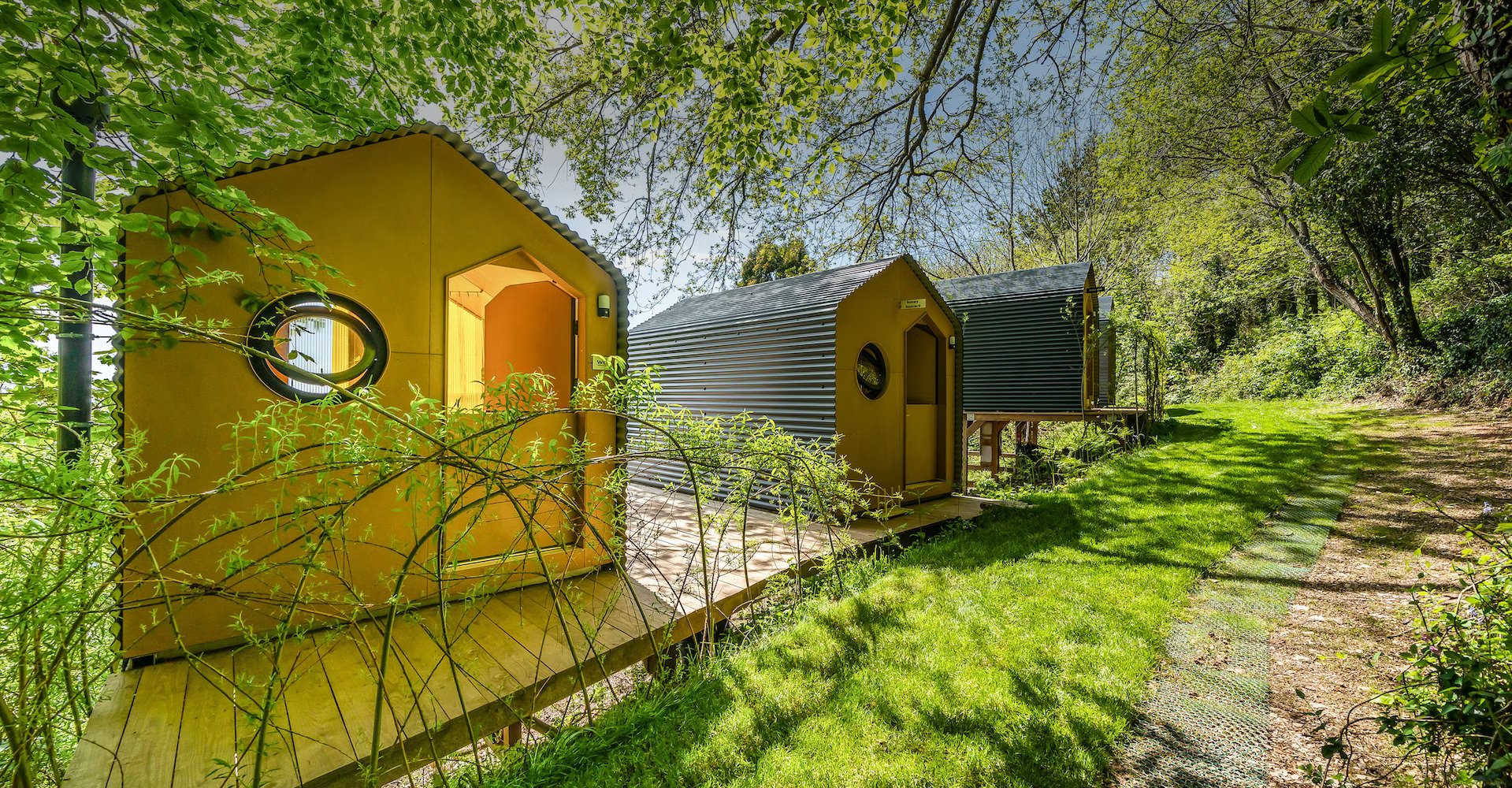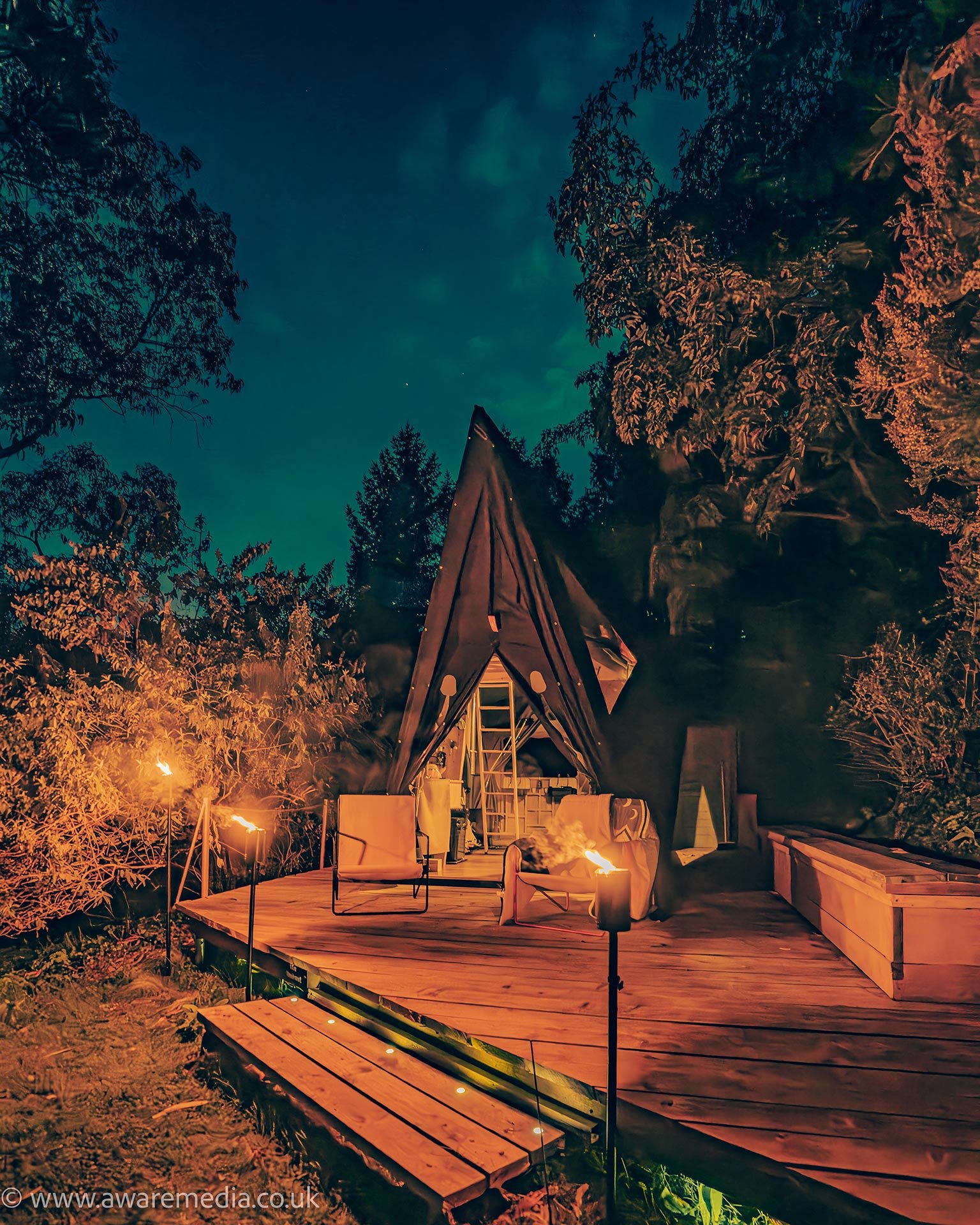Looking to set up a glampground - here's a look at Airbnb, Hipcamp, and short-term-rental Regulations in the beautiful state of Utah.
Utah’s red rock deserts, soaring Wasatch peaks, and Zion National Park splendor make it a glamping mecca. Whether you’re eyeing a site near Moab or St. George, launching a glamping operation with standout structures like our eco-friendly cabins could mean navigating a mix of state, county, and platform rules. Here’s your in-depth guide to setting up a site that thrives—legally and profitably.

Zoning and Land Use
Utah’s zoning varies by county, with rural areas often glamping-friendly. Agricultural (A) or Rural Residential (RR) zones—like those in Kane or Washington County—may allow “campgrounds” under local codes; check Washington County Planning. Near urban hubs like Salt Lake City, you’ll need commercial zoning or a conditional use permit per SLC Planning. Moab’s tourism zones often welcome glamping—confirm with local offices.
Our Fuselage Cabins (pictured below) are modular and low-impact, ideal for rural zones near Kanab where minimal disruption is key. Their off-grid capabilities suit Utah’s remote desert expanses, offering solar-ready luxury.
Permits and Building Codes
Permits depend on structure size. Units under 200 square feet—like all of which our structures fall within—might dodge full Utah Building Codes in rural areas, needing just a site permit. Larger setups with plumbing or power trigger inspections, especially in fire-prone Uintah County where ember-resistant materials are critical (see Utah Wildfire). High-altitude sites near Park City face snow-load rules—our designs handle 50+ pounds per square foot. Apply via Summit County Planning.
The Tree Tent (pictured below), a suspended pod cabin with a wood stove, sidesteps heavy permitting in forested areas like the Wasatch Range near Provo. Its lightweight frame and weather-resistant canvas meet codes while offering a cozy, photo-ready retreat.
Health and Sanitation
Sanitation’s a must under Utah Department of Health rules. Shared facilities—like composting toilets—need county-approved waste plans. On-site water requires testing per DEQ Drinking Water. No facilities? Prove access within 500 feet. Eco-friendly counties like Cache love greywater systems—pair them with our Wash Pod.
The Outhouse and the Birdhouse (pictured side by side below) are great for Southern Utah near St. George, where standalone sanitation simplifies compliance. The Outhouse’s off-grid plumbing keeps it sustainable, perfect for eco-tourists—on-grid works too!
Environmental Regulations
Utah’s diverse terrain comes with rules. Near rivers or wetlands—like the Green River—DEQ enforces setbacks. Forested zones need wildfire prep—firebreaks are key near Brian Head. BLM or National Park adjacency adds scrutiny; check DNR Permitting. Low-impact designs shine here.
Our Airspace (pictured below) elevates above sensitive ground, ideal for Moab’s desert outskirts. Its sleek design blends luxury with eco-compliance, wowing guests with starry views.
Pictured Below: The Airspace - A futuristic pod blending style and sustainability.
Airbnb and Hipcamp Considerations
Airbnb in Salt Lake City requires a Short-Term Rental License, plus $1M liability coverage—display that permit number. Moab caps rental days unless you’re on-site. Hipcamp thrives on rural land, but zoning must allow “camping”—see Hipcamp Host Standards. Unique stays fetch $100–$300/night, per Glamping Hub.
Pictured Below: The Fuselage Eco-Cabin Interior with a table that converts to a full-size bed with a two-bunk configuration to sleep a total of 4.
The Fuselage Cabin screams luxury for Airbnb in Park City’s tourist hub, while the Tree Tent’s quirky charm boosts Hipcamp bookings in rural San Juan County’s desert mesas. Both draw influencers and high-end renters.
Pictured Below: The Fuselage—A versatile glamping pod for all-season occupancy.
Local Tips and Next Steps
Counties vary—Garfield guards its parks, Davis boosts tourism. Start with your county planning office (e.g., Utah County Planning) and tap Utah Tourism for lodging insights. Financing? Explore options via Tree Tents’ financing page if you’d like a fast and easy way to scale your eco-dream more quickly.
Utah’s glamping market rewards the bold and sustainable. With Tree Tents’ collection of structures, you’re not just meeting regs—you’re setting the bar.
Pictured Below: The Tree Tent suspended in the forest with a ladder entrance and an outdoor living area for guests.
If we can help with any thoughts or questions, or you’d like to talk about adding our structures to your site, please get in touch!
















